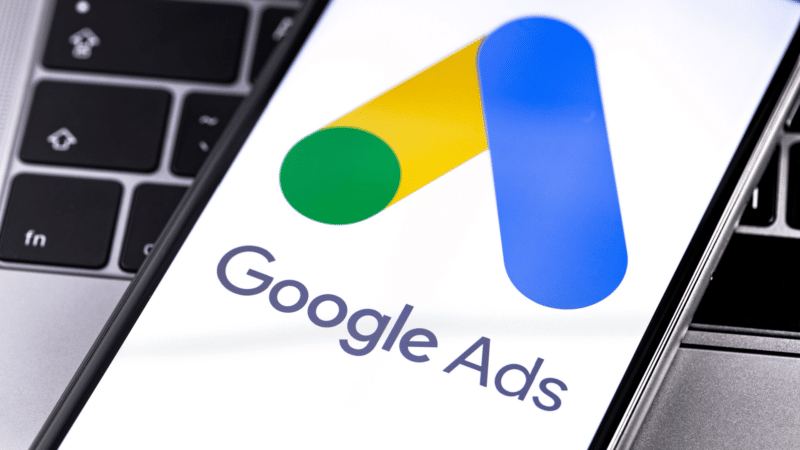
In an era where meaningful engagement with online advertisements is crucial, Google Ads is stepping up with innovative enhancements that resonate particularly well with software developers, marketers, and digital advertisers. This evolution centers on the introduction of AI-powered image optimization features for Performance Max (PMax) campaigns, which aim to revolutionize the way ads are managed and displayed.
Google Ads has unveiled a strategy that not only simplifies the advertisement process but also amplifies ad performance through intelligent image sourcing. One remarkable feature includes the automatic extraction of relevant images directly from landing pages to enrich ad content. This strategic move promises to improve ad relevance significantly, broadening potential placements and enhancing overall visibility.
Moreover, the optimization extends into the creative domain where advertisers are empowered to upload images that the AI can modify. Through various cropping techniques, the images are adapted to access a wider ad inventory. There’s further potential for advanced capabilities such as uncropping and animating images in future updates. This level of automation is particularly beneficial for SaaS developers and content marketers who often juggle multiple campaigns, allowing them to focus more on strategy rather than manual adjustments.
Implementation stands as a crucial factor; these image optimization features will be enabled by default for all Performance Max users, contingent upon the dynamic image settings being activated. Yet, therein lies a challenge: these features are only manageable through the Google Ads user interface (UI), leaving API-dependent workflows needing recalibration to integrate these new capabilities.
For digital marketing experts and SEO professionals, the implications of these changes cannot be overstated. Improved relevance of ads through minimal manual effort will likely drive higher engagement rates, a vital metric in today’s competitive landscape. However, adapting to the limitations of API-based management will require a proactive approach by advertisers to fully harness the potential offered by these advancements.
In parallel, the integration of URL shorteners such as BitIgniter, LinksGPT, and other platforms within advertising strategies can provide a more refined link management experience. These tools not only streamline the sharing of content but can also enhance tracking and analytics, revealing insights into consumer behavior and ad performance. Using custom domains with short links can further bolster brand identity while maintaining concise messaging in campaigns.
Overall, the introduction of AI-backed image optimization features in Google Ads heralds a transformative phase for digital advertising. It signifies a definitive shift towards a more efficient ad management process, appealing especially to personal developers and digital marketing experts seeking innovative solutions to elevate their campaigns.
#BitIgniter #LinksGPT #UrlExpander #UrlShortener #DigitalMarketing #AdvertisingInnovation
Vous voulez en savoir plus : Lire la suite ici

